
Discovering the Majestic Beauty of Titicaca National Reserve
Explore the breathtaking landscapes and rich biodiversity of Titicaca National Reserve, a natural gem in Peru's Andes.
Titicaca National Reserve, a stunning haven nestled in the heart of Peru, is a must-visit for every traveler. This vibrant ecosystem, rich in biodiversity, offers a unique glimpse into the natural and cultural wonders of the Andes. From breathtaking landscapes to endemic wildlife, the reserve invites exploration and adventure.
A brief summary to Titicaca National Reserve
- Pasaje 2 de Febrero N° 154, PE
- +5151368559
- Visit website
Local tips
- Visit early in the morning for the best light and fewer crowds.
- Bring binoculars for birdwatching and a camera to capture the stunning scenery.
- Wear comfortable hiking shoes, as many trails can be rocky and uneven.
- Engage with local guides to enhance your understanding of the area’s ecology and culture.
- Check for the best seasons to visit for optimal weather and wildlife sightings.
Getting There
-
Car
If you're driving from the city of Puno, Peru, start by heading southeast on the Av. 2 de Mayo. Continue on this road for approximately 15 kilometers. After crossing the border into Bolivia, follow the signs for the town of Copacabana. Upon reaching Copacabana, follow the road signs towards the Titicaca National Reserve. The reserve is about 10 kilometers south of Copacabana, and you will see signs directing you to the entrance of the reserve. Note that parking may incur a small fee.
-
Public Transportation (Bus)
From Puno, take a bus to Copacabana. Buses leave frequently from the main terminal and the journey typically takes around 2 to 3 hours. Once you arrive in Copacabana, you can take a local taxi or a moto-taxi to the Titicaca National Reserve entrance, which is about 10 kilometers south of the town. The taxi fare is generally around 20-30 Peruvian soles. Ensure to confirm the price before starting your ride.
-
Boat
If you're already near the lake, consider taking a boat from Copacabana to the islands within the Titicaca National Reserve. There are various boat tours available that not only take you through the reserve but also allow you to explore the scenic beauty of the islands. Prices for boat tours vary, so check with local operators for the best options.
Discover more about Titicaca National Reserve
Iconic landmarks you can’t miss
Caminos del Inca - Las Ruinas Antiguas
24.7 km
Explore the ancient wonders of Caminos del Inca - Las Ruinas Antiguas, a breathtaking journey through Peru's rich Inca heritage and stunning landscapes.
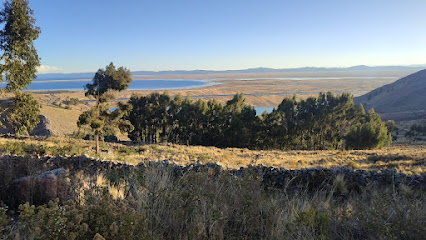
Titicaca Lodge Peru
47.7 km
Experience the serene beauty and rich culture of Lake Titicaca at Titicaca Lodge Peru, a unique getaway on the Floating Islands of Uros.
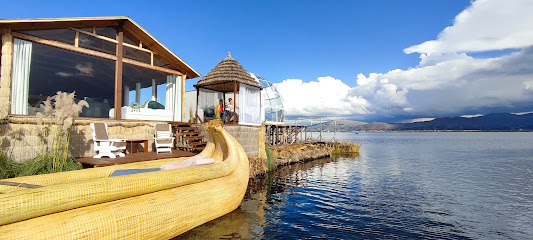
Glamping Titicaca Perú
48.1 km
Experience the enchanting beauty of Lake Titicaca with luxurious glamping accommodations that blend nature and comfort in a unique setting.
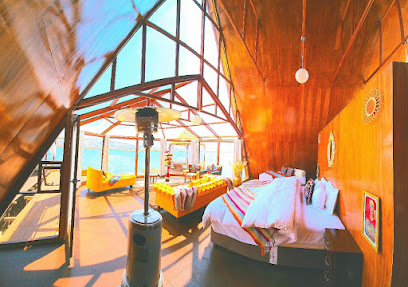
Luz del Titicaca Lodge
48.4 km
Discover the serene beauty and rich culture of Lake Titicaca at Luz del Titicaca Lodge, a unique floating lodge experience on Uros Islands.
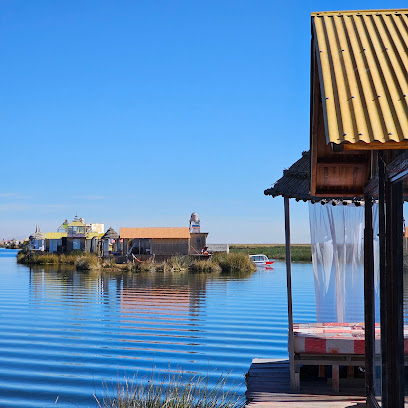
Titicaca House Perú
48.6 km
Experience the serene beauty of Lake Titicaca at Titicaca House Perú, where comfort meets culture in a tranquil lakeside setting.
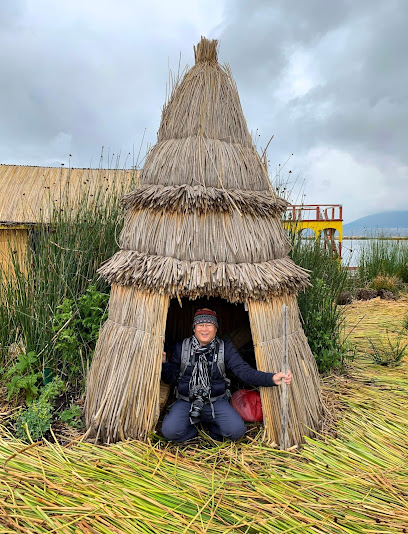
TITICACA ORIGINS PERÚ
48.8 km
Discover the enchanting beauty of Lake Titicaca at Titicaca Origins Peru, where comfort meets adventure in a breathtaking natural setting.
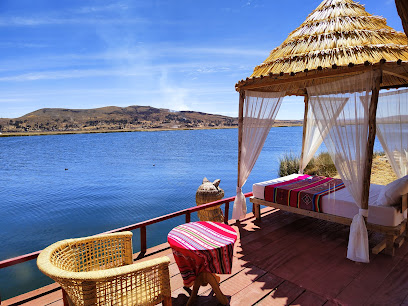
Casitas del Titicaca Peru
49.1 km
Discover the unique charm of Casitas del Titicaca, a serene getaway on the Floating Islands of Uros, where culture meets nature on Lake Titicaca.
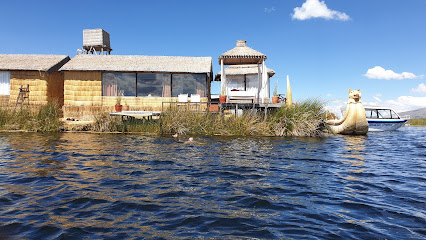
Lake Titicaca Suyawi Perú
49.5 km
Explore the breathtaking beauty and rich culture of Lake Titicaca Suyawi in Peru, home to the unique Uros floating islands and stunning Andean landscapes.
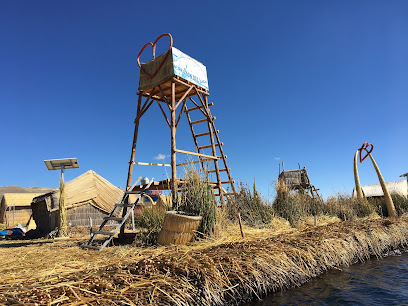
Mirador del Titikaka
49.6 km
Experience the stunning views of Lake Titicaca from Mirador del Titikaka, a breathtaking lookout in Puno, Peru, perfect for nature lovers and photographers.

TITICACA KURMI LODGE PERU
50.2 km
Discover the charm of Titicaca Kurmi Lodge, a unique hotel on Lake Titicaca, offering cultural experiences, comfort, and breathtaking views.
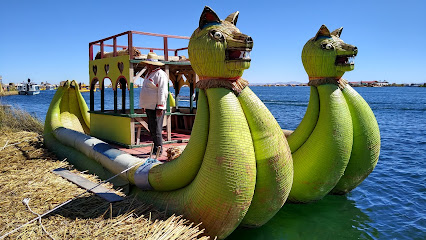
Uros Titicaca Lodge Puno Peru
50.3 km
Experience the unique charm of Uros Titicaca Lodge, a floating hotel where culture meets stunning natural beauty on Lake Titicaca.

Titicaca Andean Lodge Perú
50.7 km
Experience the beauty of Lake Titicaca at the Titicaca Andean Lodge, where comfort meets culture on the Floating Islands of Uros.

Titicaca Trip
50.7 km
Experience the breathtaking beauty and rich culture of Lake Titicaca with the Titicaca Trip, a premier sightseeing tour agency in Puno, Peru.
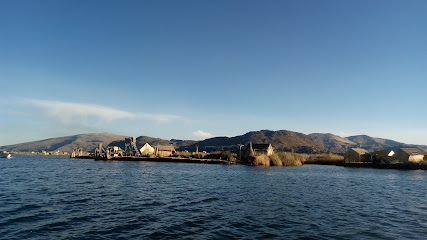
Casa Andina Premium Puno
51.1 km
Experience serene luxury at Casa Andina Premium Puno, the ideal hotel for discovering the beauty of Lake Titicaca and Peruvian culture.
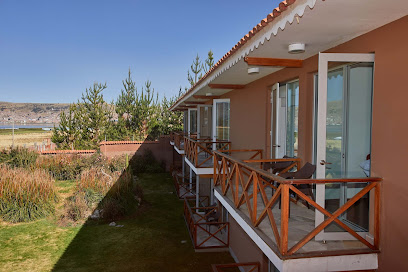
Sonesta Hotel Posadas Del Inca Puno
51.1 km
Discover luxury and comfort at Sonesta Hotel Posadas Del Inca Puno, your gateway to the enchanting Lake Titicaca and vibrant Puno culture.
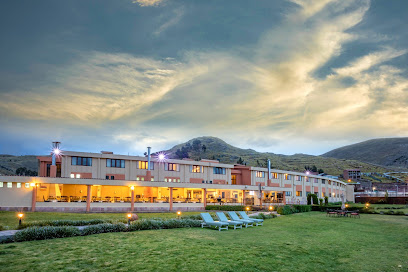
Unmissable attractions to see
Titicaca National Reserve
0.0 km
Explore the breathtaking landscapes and rich biodiversity of Titicaca National Reserve, a natural gem in Peru's Andes.
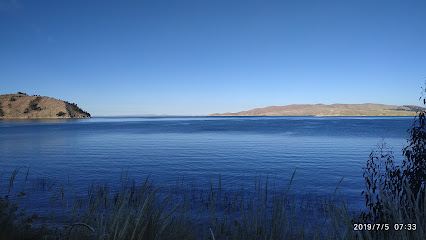
Península de Pusi
17.4 km
Experience the untouched beauty of Peru’s Pusi Peninsula, where stunning landscapes meet rich cultural traditions in a tranquil setting.
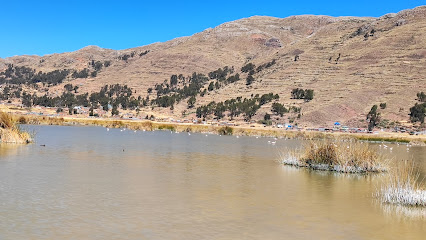
Parque De La Wawita
20.1 km
Explore the beauty and tranquility of Parque De La Wawita in Juliaca, a perfect retreat for nature lovers and cultural enthusiasts alike.
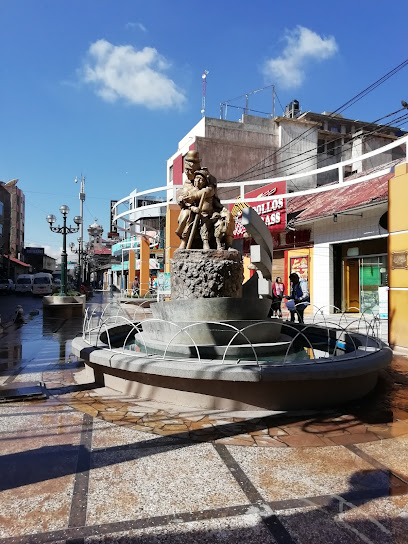
Plaza de Armas
20.2 km
Experience the vibrant heart of Juliaca at Plaza de Armas, where culture meets community in a picturesque urban setting.
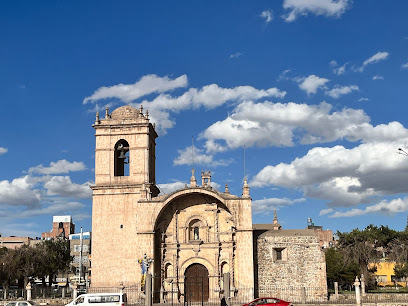
APU IMANCO
24.1 km
Explore APU IMANCO: A breathtaking tourist attraction in the Andes offering stunning views, hiking trails, and cultural experiences for every traveler.
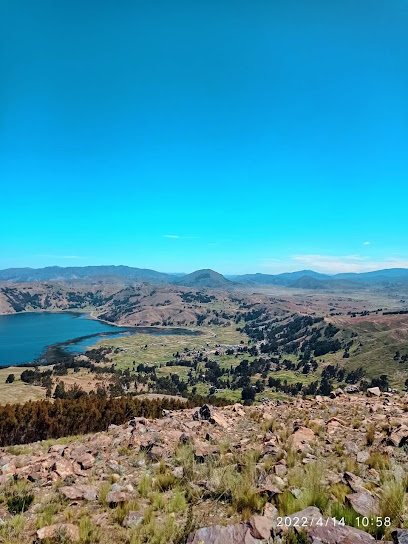
K'alapunko
25.0 km
Explore K'alapunko: A breathtaking tourist attraction in Huancané, Peru, blending stunning nature with rich cultural heritage.
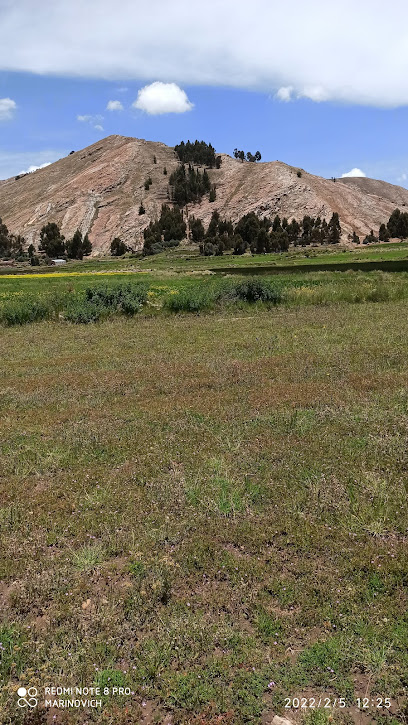
Apu iquinito
25.2 km
Discover the historical charm of Apu Iquinito in Juliaca, a stunning landmark that invites you to explore Peru's rich cultural heritage.

Isla de Arapa
25.4 km
Explore Isla de Arapa, a serene Peruvian island offering breathtaking landscapes, rich cultural experiences, and a unique biodiversity waiting to be discovered.
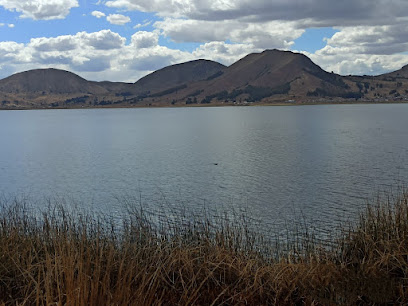
Tykaparka
28.7 km
Experience the stunning landscapes and rich cultural heritage at Tykaparka, a must-visit tourist attraction in Huancané, Peru.
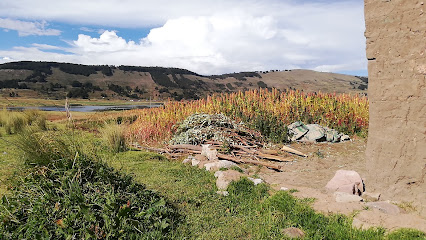
Chullpas sillustani
35.6 km
Explore the majestic Chullpas Sillustani, an ancient burial site with stunning views of Lake Umayo and rich cultural history.

Playa capachica
35.9 km
Explore the serene shores of Playa Capachica, where stunning landscapes and rich cultural heritage await your discovery.

Parroquia Santiago Apóstol
39.0 km
Experience the spiritual legacy of Lampa at Parroquia Santiago Apóstol, a stunning Catholic church rich with culture and history.
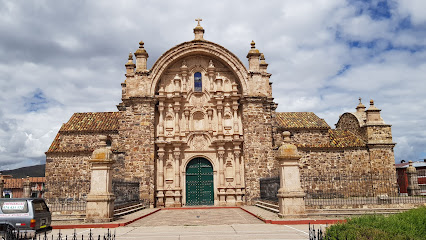
Plaza de Armas de Atuncolla
39.1 km
Explore Plaza de Armas de Atuncolla, a tranquil park showcasing the beauty and culture of Atuncolla, perfect for relaxation and local experiences.
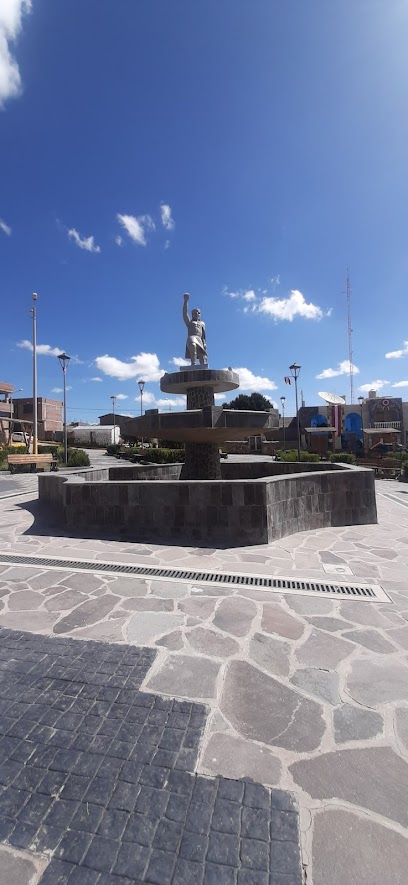
Plaza de Armas de Lampa
39.1 km
Explore the lush gardens and rich history of Plaza de Armas de Lampa, a tranquil park in the heart of Peru's charming town.
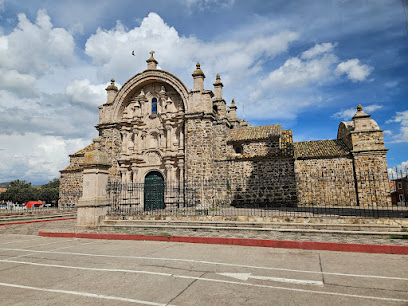
La Cueva De Lenzora
41.7 km
Explore La Cueva De Lenzora in Lampa, Peru, where stunning geological formations meet rich cultural history for an unforgettable adventure.
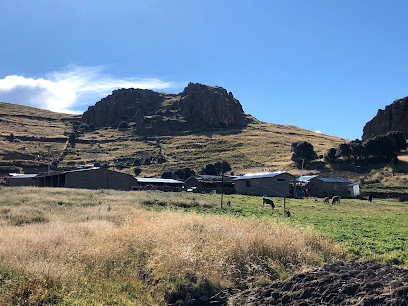
Essential places to dine
Capachica Llachon Bellavista
46.4 km
Discover serene farmstay experiences at Capachica Llachon Bellavista near Lake Titicaca with stunning views and delicious local cuisine.
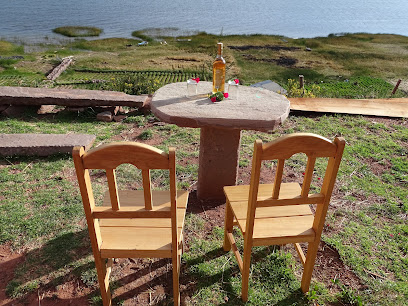
PERLA NEGRA
50.1 km
Experience authentic Peruvian cuisine at Perla Negra in Puno – where every dish tells a story.

TITICACA RESTAURANT PERU
50.2 km
Experience authentic Peruvian cuisine amidst breathtaking views on the floating islands of Uros at Titicaca Restaurant.
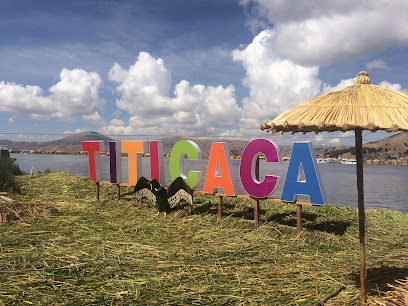
Uros Food Titiqaqa
50.4 km
Savor authentic Peruvian flavors at Uros Food Titiqaqa, where traditional cuisine meets cultural heritage in Puno.
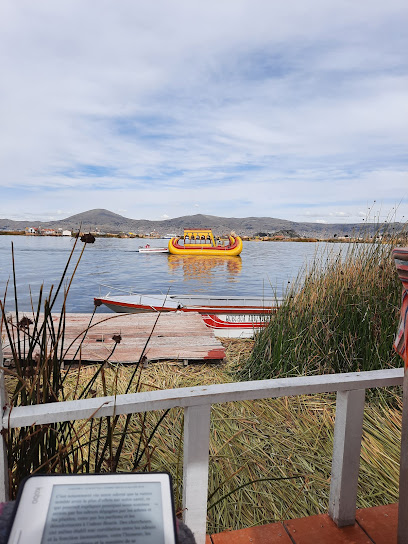
El Caserio De Huaje
51.0 km
Discover authentic Peruvian cuisine at El Caserio De Huaje in Puno – where tradition meets taste in every dish.
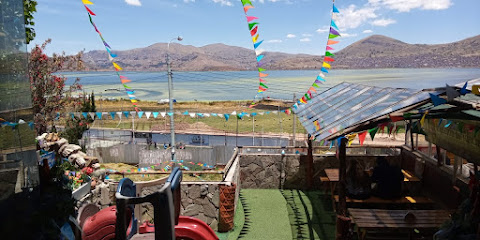
Restaurant Suspiro Peruano
51.0 km
Experience authentic Peruvian flavors at Restaurant Suspiro Peruano in Puno - where every meal tells a story.
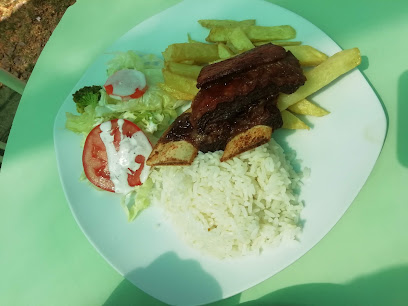
Quinta Restaurant Arenas del Lago
51.0 km
Experience authentic Peruvian flavors at Quinta Restaurant Arenas del Lago in Puno – where every meal tells a story.
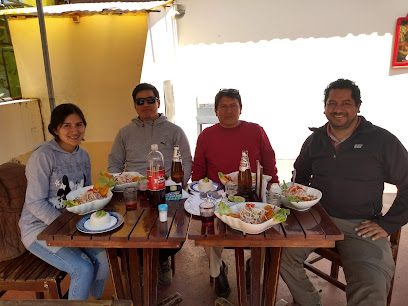
Quinta Restaurant Pura Miski
51.0 km
Discover the authentic taste of Peru at Quinta Restaurant Pura Miski in Puno – where tradition meets flavor.
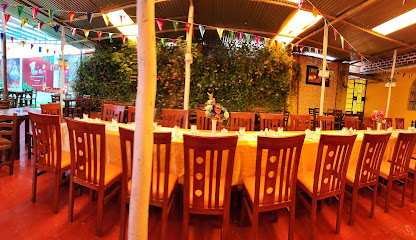
Restaurant Sombreritos
51.1 km
Experience authentic Peruvian cuisine at Restaurant Sombreritos in Puno – where tradition meets taste in a cozy setting.
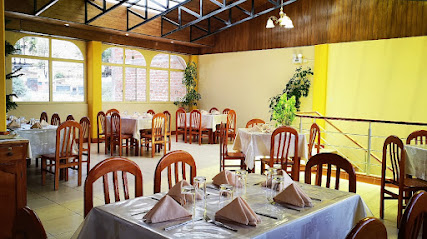
Alma Bar Restaurante
51.1 km
Savor authentic Peruvian cuisine at Alma Bar Restaurante in Puno—an unforgettable dining experience amidst cultural richness.

Qhiri Restaurant
51.5 km
Experience exquisite Peruvian cuisine at Qhiri Restaurant on Isla Esteves with breathtaking views of Lake Titicaca.
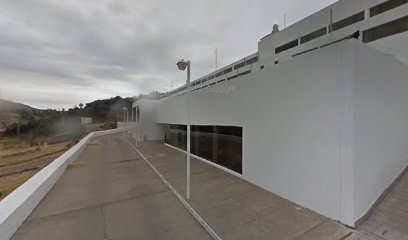
GHL Hotel Lago Titicaca
51.6 km
Discover luxury at GHL Hotel Lago Titicaca with stunning lake views and rich cultural experiences in Puno's breathtaking landscape.
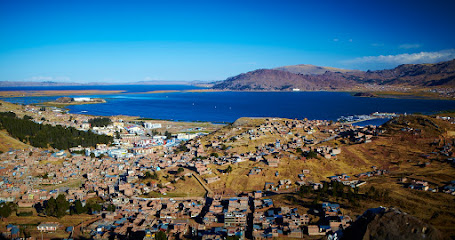
Don Tico
52.4 km
Experience authentic Peruvian cuisine at Don Tico in Puno—where local flavors meet stunning lake views.
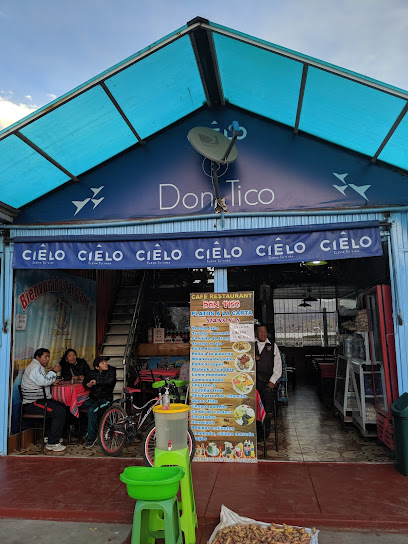
Cevicheria Las Brujas Pescados&Mariscos
52.5 km
Discover fresh and flavorful ceviche at Cevicheria Las Brujas, a top destination for seafood lovers visiting Puno, Peru.

Restaurant Sabores de mi Tierra
52.7 km
Experience authentic Peruvian cuisine in Puno at Restaurant Sabores de mi Tierra – where every dish tells a story.
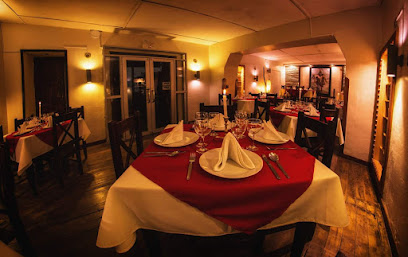
Markets, malls and hidden boutiques
THE BOUTIQUE TAMY ZUNG
17.5 km
Explore the vibrant youth culture at The Boutique Tamy Zung, where fashion meets music in the heart of Juliaca.

World Glass
18.2 km
Explore World Glass in Juliaca for unique home goods and exquisite glassware that capture the essence of Peruvian craftsmanship.
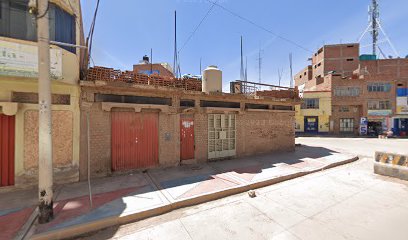
CREATIVE MYLG
18.5 km
Discover unique gifts and local crafts at Creative Mylg, a charming gift shop in Juliaca showcasing Peru's rich culture.
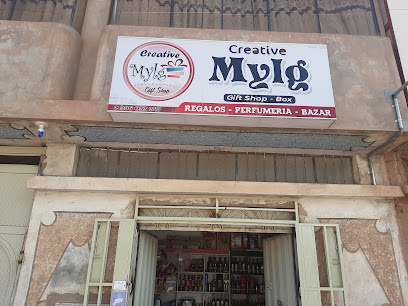
El Bazar de Charly's
18.7 km
Experience the essence of Peru at El Bazar de Charly's, where unique home goods and local craftsmanship meet.

Gianella's Toy
19.3 km
Discover unique Peruvian gifts and toys at Gianella's Toy in Juliaca, a must-visit shop for tourists seeking memorable souvenirs.
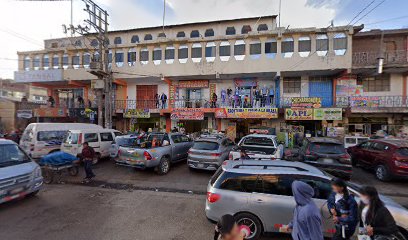
MA Personalizado
19.5 km
Explore MA Personalizado in Juliaca for unique Peruvian souvenirs and gifts that reflect local artistry and culture.

Valentina Store
19.6 km
Explore Valentina Store in Juliaca for unique Peruvian gifts, handicrafts, and souvenirs that capture the essence of local culture.

Teoma Puno Perú By Maribel Bustinza
19.7 km
Explore the best in beauty at Teoma Puno - your go-to cosmetic destination in the heart of Peru's vibrant city.

Los Pampanos Puno
19.8 km
Explore sustainable shopping at Los Pampanos Puno, where local organic goods and artisanal treasures meet the vibrant culture of Peru.

Real Plaza Juliaca
20.0 km
Experience the best shopping, dining, and entertainment at Real Plaza Juliaca, the ultimate destination for visitors in Peru.

Platanitos Real Plaza Juliaca
20.0 km
Explore Platanitos Real Plaza Juliaca for trendy footwear and stylish accessories in the heart of Puno, Peru.

Calzado a flor de piel
20.1 km
Explore Calzado a Flor de Piel in Puno for exquisite handcrafted footwear reflecting Andean culture and craftsmanship.
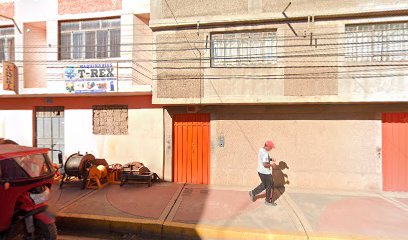
Sol Alpaca
20.3 km
Explore Sol Alpaca in Juliaca for exquisite handmade alpaca clothing and authentic Peruvian fashion that captures the spirit of the Andes.

Margarita Store
52.0 km
Explore Margarita Store in Puno for unique Peruvian gifts and authentic handicrafts that capture the beauty of the Andes.

AMARIS MODA PUNO
52.2 km
Explore the best footwear at AMARIS MODA PUNO, where style meets comfort in the heart of Puno's vibrant shopping scene.

Essential bars & hidden hideouts
Bar Latino 23
31.6 km
Explore Huancané’s vibrant nightlife at Bar Latino 23, where great drinks and an electric atmosphere await every visitor.

Bodega KARINA
50.5 km
Experience the vibrant nightlife of Puno at Bodega KARINA, where local drinks meet a lively atmosphere and cultural connection.

Taquile
51.5 km
Experience the rich culture and stunning beauty of Taquile Island on Lake Titicaca - a must-visit for any traveler seeking adventure and tradition.
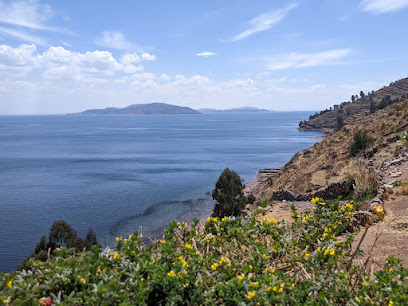
BAR «el Que Te Dije»
52.1 km
Immerse yourself in the lively atmosphere of Bar ‘el Que Te Dije’ in Puno, where local culture and vibrant nightlife await every visitor.

Club KARÚ
52.2 km
Discover the vibrant flavors of Puno at Club KARÚ, a premier gastropub offering a delightful blend of local culinary traditions and modern gastronomy.
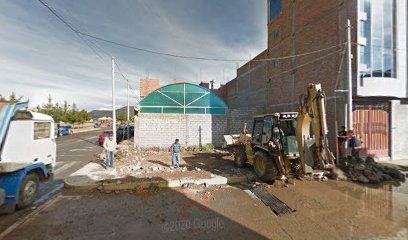
Hendrink bar móvil
52.3 km
Experience the vibrant atmosphere and refreshing drinks at Hendrink Bar Móvil, Puno's unique mobile bar destination.

La PREVIA
52.6 km
Experience Puno's vibrant nightlife at La PREVIA, where local flavors and a lively atmosphere combine for an unforgettable evening.
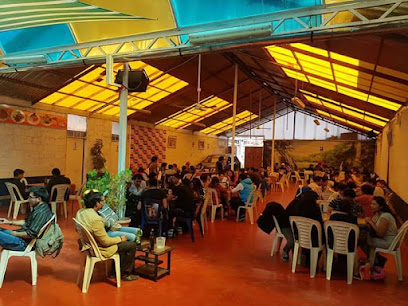
Mama Coca
52.7 km
Experience Puno's vibrant nightlife at Mama Coca, where local drinks and warm hospitality come together for an unforgettable evening.

El camarada liquor store
52.7 km
Experience the vibrant nightlife at El Camarada in Puno, offering a wide selection of local and international liquors in a lively atmosphere.
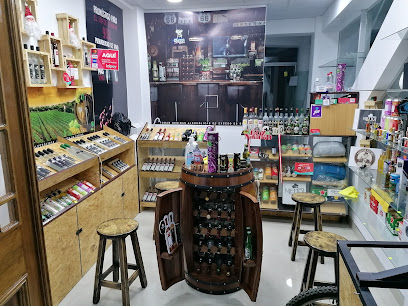
El Retorno Restobar
52.7 km
Experience the vibrant flavors of Puno at El Retorno Restobar, a gastropub blending local ingredients with international cuisine.

Bar Café Delta
52.7 km
Discover the lively atmosphere and local flavors at Bar Café Delta, the perfect bar for relaxation and socializing in Puno, Peru.

Tucandelas Pizzeria Cafe Bar
52.7 km
Discover the warmth of Puno at Tucandelas Pizzeria Cafe Bar, where delicious pizzas meet a cozy café atmosphere.
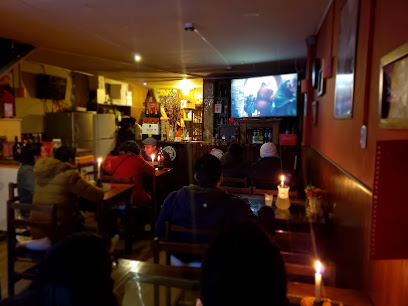
Restobar Riko's Burger
52.8 km
Discover the vibrant flavors of Riko's Burger in Juli, Puno - a must-visit gastropub for delicious burgers and local drinks.

YATIRI BAR
52.8 km
Experience the vibrant nightlife of Puno at Yatiri Bar, where local culture meets a lively atmosphere and delightful drinks.
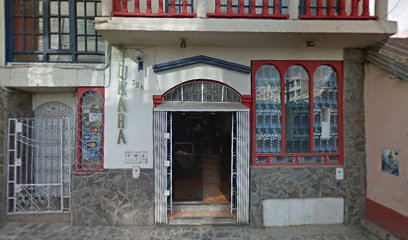
Kairos Food an Drinks
52.8 km
Discover the rich flavors of Puno at Kairos Food and Drinks, where every grilled dish is a celebration of local culinary traditions.




